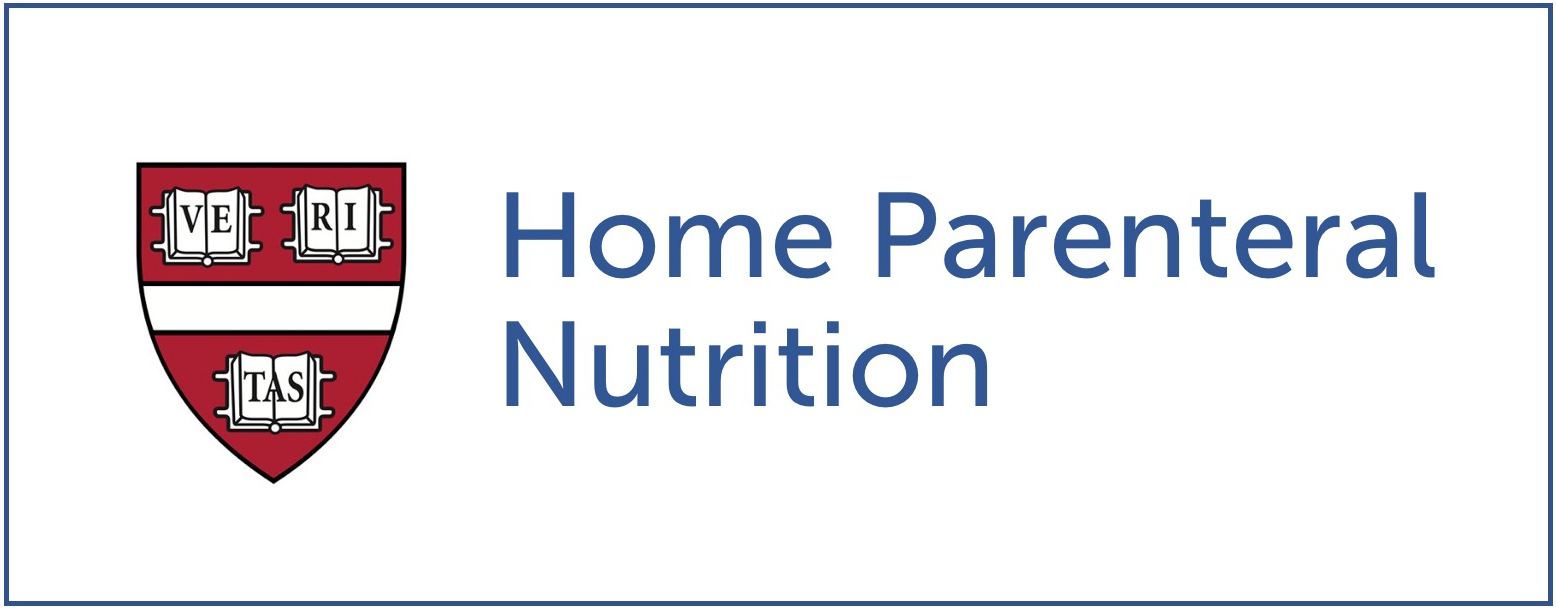Caregiver flushes the central venous catheter and they feel an unusual amount resistance to flushing. The catheter has the following appearance (see photo below). They call HPN on-call for advice. What is the first thing you should advise family to do?

The correct answer is b. Refer the family for central line repair.There is a bubble in the catheter. The most common location is where there is increased tension on the catheter is where the thicker catheter portion (part meant to hold the clamp) meets the thinner catheter portion. A bubble occurs often when there is a defect in one of the catheter lumens leading to a catheter aneurysm. It may also occur when there is proximal obstruction to flow from thrombus, fibrin sheath, or some other cause. Depending upon the cause it will require tissue plasminogen activator (TPA) or surgical line repair. If the line is leaking, the family should clamp the line proximally. However, this problem deserves close attention if it is not leaking. Sometimes it only occurs during forceful flushing and does not happen during PN infusions, suggesting there is a line defect. The line can therefore be repaired soon, but doesn’t necessarily need to be repaired immediately. Families should be cautioned against forcefully flushing the catheter, as it might lead to line fracture, which is a surgical emergency.
